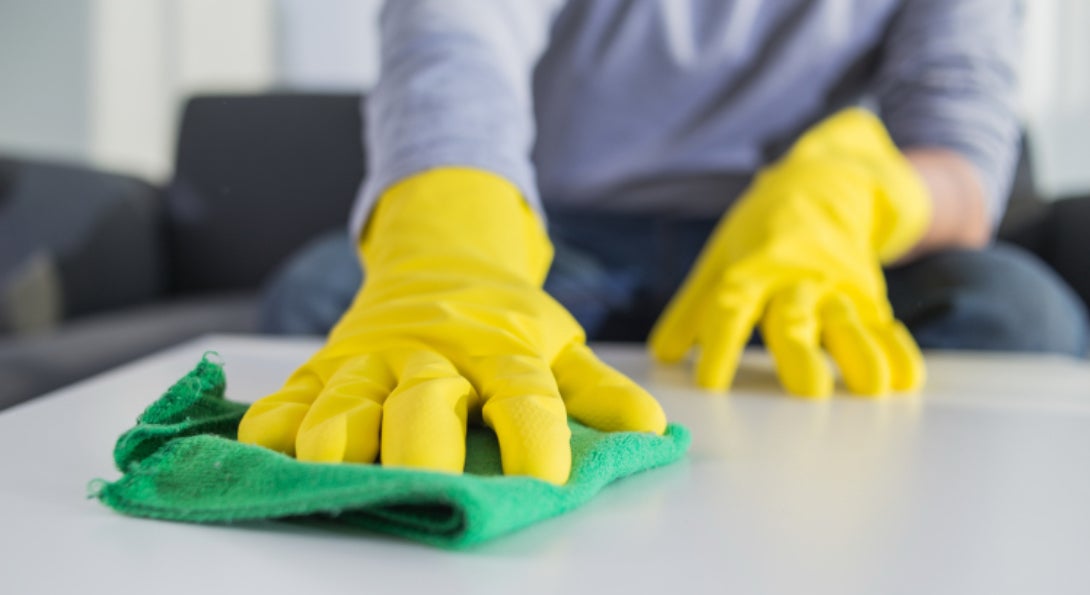Coronavirus and Children

Coronaviruses are a large family of viruses that cause illness ranging from the common cold to more severe diseases like SARS. The latest outbreak is based on a new coronavirus which has been named ‘coronavirus disease 2019’ (COVID-19). The outbreak, which started in Wuhan, China, has crossed borders and is in numerous countries, including the United States. Symptoms range from mild to severe and include fever, cough, and shortness of breath. Risk of contracting COVID-19 is higher for healthcare workers, travelers from affected locations, and people who have had close contact with someone with COVID-19. There have been limited reports of children with COVID-19 but reports describe the symptoms as cold-like and mild such as a fever, runny nose, and cough. While there is no evidence that children are more susceptible to COVID-19, it’s still important to take precautions.
The best preventative actions against viral infections including COVID are to:
- Wash hands often using soap and water or alcohol-based sanitizer (at least 60% alcohol). Fragrance-free soap and sanitizer is recommended.
- Avoid people who are sick.
- Stay up to date on vaccinations.
It appears that COVID-19’s spread in communities is slower than expected. Your child is not at risk for COVID-19 unless they have had close contact with someone with the infection or with someone who has had close contact with an infected person.
Your local health department can provide you with information about cases in your community and actions to take based on local disease activity.
Another important component of keeping kids safe from COVID-19 is the role of schools and childcare programs. The below steps are summarized from the Centers of Disease Control and Prevention’s (CDC) guidance for schools. Some of these steps can also be implemented at home.
- Perform routine environmental cleaning on frequently touched surfaces (doorknobs, desks, keyboards, light switches, etc.).
- Please note, disinfecting wipe products, like Lysol and Clorox, have a warning on the label to keep out of reach of children. These products should be used by adults and as instructed.
- All purpose cleaners remove dirt and most organisms while disinfectants destroy multiple organisms including bacteria and many viruses.
- Make sure to read the label to determine appropriate application procedure, dilution, contact time, and if any personal protective equipment is recommended.
- Review, updated, and implement emergency operation plans.
- Collaborate with local health departments and other partners for plans.
- Make sure the plan includes common-sense preventative actions for students and staff.
- Use CDC resources, the Guide for Developing High-Quality School Emergency Operations Plans.
- Monitor and plan for absenteeism. Sick students and staff should be encouraged to stay home if sick and when possible, allow staff to stay home to care for sick family members.
- Establish procedures for students and staff who are sick at school.
- Create communications plans with the school community and partners.
- Develop strategies for sharing information with staff, students, and family.
- Discuss systems for day-to-day reporting on disease surveillance and response with local health officials and other key community partners.
Resources Heading link
About the authors Heading link
Emily Szwiec is the coordinator of the Great Lakes Center for Children’s Environmental Health. This story was edited by Dr. Susan Buchanan, director of the Center.
The Great Lakes Center for Children’s Environmental Health, representing Region 5 of Pediatric Environmental Health Speciality Units (PEHSU) through the U.S. Environmental Protection Agency and the Agency for Toxic Substances & Disease Registry. The Region 5 PEHSU is part of a national network of experts in children’s and reproductive environmental health who provide medical consultation for health professionals, parents, caregivers, and patients on health risks due to natural or human-made environmental hazards. Call our hotline at (866) 967-7337 for questions about environmental exposures.